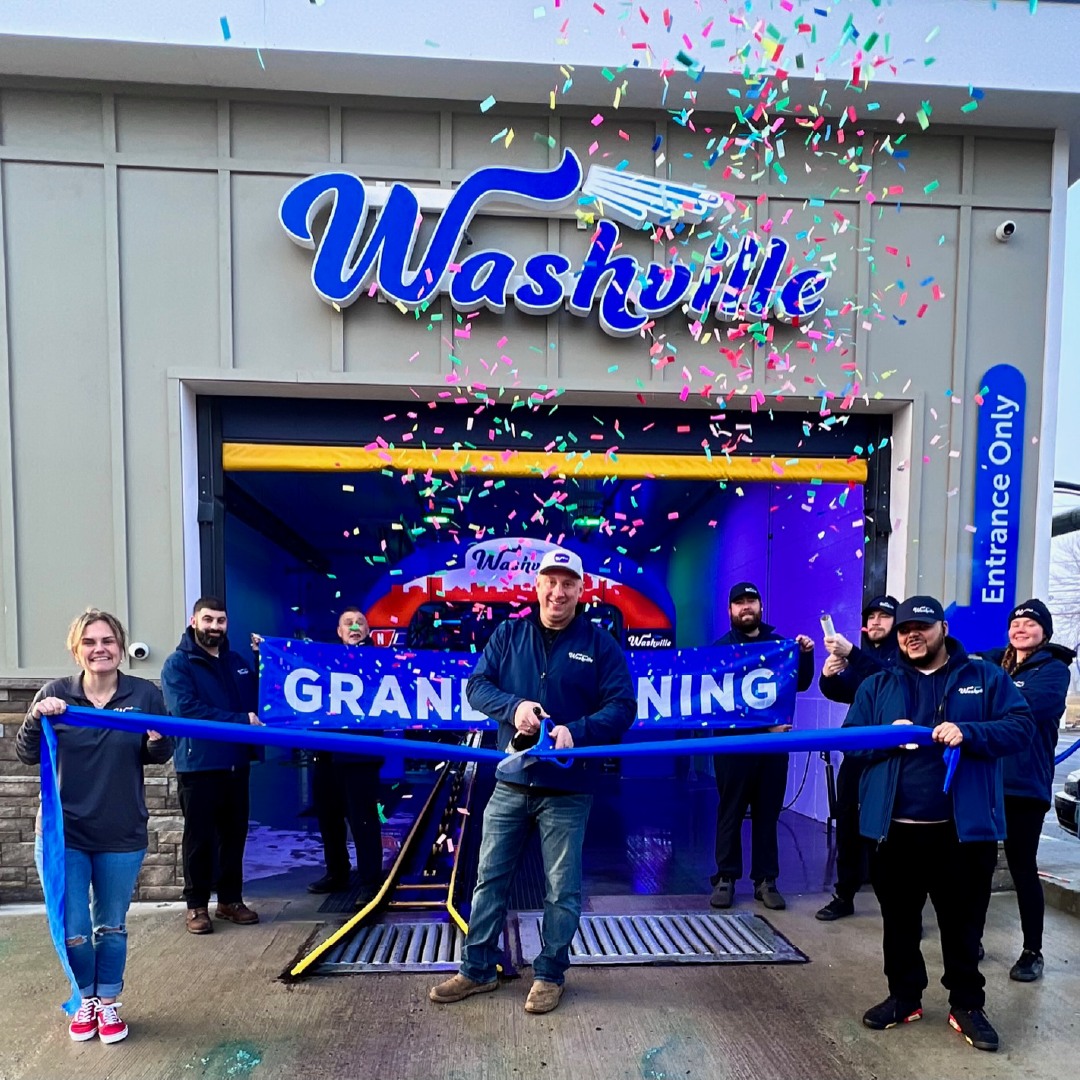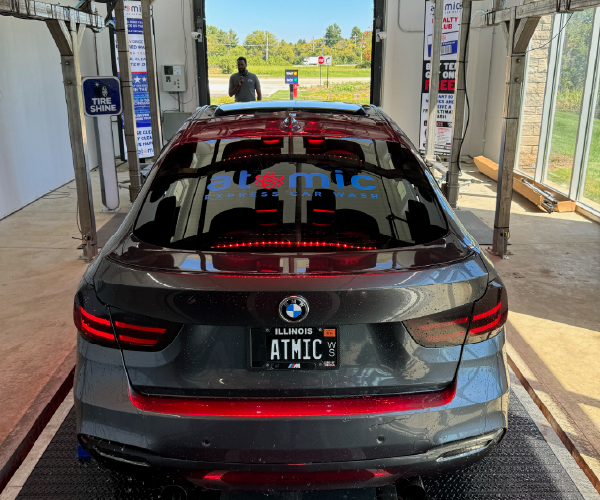
Search Engine Marketing Value Proposition
July 1, 2014
6 minute ReadGenerating more leads is the first step to growing sales. In the absence of an ecommerce enabled website, an Internet marketer’s job is to use your website to drive leads. That grows sales and directly impacts your bottom line. There are practically as many strategies for driving leads on the Internet as there are Internet users, but one tried and true method is to get your website in front of a large number of qualified visitors.
How is Value Generated Through Search Engine Marketing?
Search engine marketing programs create value through a sequence of events:
1. A good search engine marketing program positions your website content on a search engine results page (SERP) in response to a search for a relevant keyword phrase. Search engine exposure can either occur in the ‘free’ organic search results or pay-per-click (PPC) advertising section of the SERP.
2. Someone interested in your products or services clicks your SERP listing.
3. Visitors arrive on your website, research their options, and gain or lose trust in your company’s ability to help.
4. Finally, the magic happens. Visitors fill out a form, call, buy something, or otherwise take an action that moves them further down the path toward becoming a customer. This frequently doesn’t happen on the first visit.
How Many People Search For What You Do?
There are two ways to estimate relevant search engine traffic volume. Run a test Google AdWords (PPC) campaign. This is the most reliable method because there’s more data to work with. You’ll be able to see the number of times your ads were shown (impressions) and reckon the corresponding impression share. Dividing the number of impressions by the impression share will tell you the total search volume. Then fund test campaigns with a reasonable budget and run them long enough to collect sufficient data.
Here are a few tips about setting up a test campaign.
• Select your keywords and write ads to reflect your website’s copy.
• Start broad, then tighten up the number and focus of selected keywords. Initially choose more general key words. After a few weeks, you can pause keywords based on a poor click through rate (CTR) or bounce rate. Next, add modifiers and adjust constraints (max cost per click, geographic reach, time of day, etc.).
• Test different keywords. Don’t be afraid of keywords with low search volume.
• Monitor conversion rates, i.e. the number of people filling out a form divided by total visitors. A high conversion rate is an indicator that you found the perfect keyword and that visitors value your content.
• Once you’ve refined your keyword list export your keywords data including impressions and impression share to Excel and tally the total search volume.
If you can’t run a PPC program, or don’t want to, then you’ll need to estimate search volume using Google’s Keyword Tool (https://adwords.google.com/o/keywordtool). While the Google Keyword Tool is the best of its kind, it’s not completely accurate. But it’s good enough to get started.
Here are a few tips on using Google’s Keyword Tool to estimate search volume.
• Start by entering a few general keywords related to the products or services you sell.
• Check the “Only show ideas closely related to my search results” option if your offering is easily and concisely defined. If different groups describe your offering differently, you’ll want to leave this box unchecked in order to cast a wider net.
• To get more accurate search volumes, set the match type to exact match or phrase match. Choosing exact match means you’ll see the search volume for only the exact keyword itself (such as people searching specifically for “automatic car wash”). Choosing phrase match will show you search volume for keywords containing that phrase (such as “where to find an automated car wash”).
• Once you’ve refined your keyword list, you can export your keywords to Excel and add up the total search volume.
The data collected is only for Google. In the U.S., Google controls about two-thirds of all search traffic. Bing, Yahoo (also powered by Bing), and the rest of the search engines control the remaining third. To estimate total search volume, multiply the Google estimated search volume by 1.5.
Estimating global search volume is not straightforward; different languages and multiple search engines introduce a lot of complexity. Google controls 80-85 percent of all search globally.
How Much Traffic Can You Capture?
The higher you rank on an SERP, the more traffic you’ll generate. While a number of studies estimate search engine traffic by position, it is difficult to decide which study to trust.
The two studies I like are: ‘Seeing Between the Lines… of the Search and the Click’ by Compete (http://success.compete.com/seeing-between-the-lines-of-the-search-and-the-click-whitepaper), and ‘PPC accounts for just 6 percent of total search clicks [infographic]’ by Econsultancy (https://econsultancy.com/blog/10586-ppc-accounts-for-just-6-of-total-search-clicks-infographic#i.py37g7157tcs81).
Here’s how I came up with my estimates:
• I used Compete’s data as a starting point.
• I then made an assumption that the organic/paid traffic split was 75 percent/25 percent in favor of organic traffic. This is different than Econsultancy’s findings, but I believe that their 94 percent/6 percent split underestimates the power of paid results.
• Finally, I normalized my results and plotted the graph shown here.
Ignore the percentages on the Y-axis and focus on the shape of the graph. Here’s what you should know:
• Organic listings capture more traffic than PPC listings.
• Ranking matters! The No. 1 organic listing captures three to four times more traffic than the No. 2 organic listing, and two to three times that of the No. 1 paid listing.
• Ranking low (or on the side) on a SERP organically or through PPC will drive only a small percentage of the total available traffic.
Idea: If you could secure multiple listings on the same SERP, the amount of traffic you capture would increase, and that remaining for your competition would decrease.
In addition to search engine ranking, the amount of traffic you capture depends on other factors including:
• What your listing says. In the case of organic traffic, your website’s description — the black text on the Google SERP — is normally pulled from your page’s description tag. Letting your website developer write your description tags can be a costly mistake.
• Similarly, your PPC campaign will capture more traffic if your ad titles, descriptions and display URLs are compelling and closely related to the search term.
• The number of ads appearing on the SERP.
• Whether the search term contains a brand name.
• The specificity of the keyword, i.e. conveyors verse floor conveyors.
How Much Revenue Should You Generate?
The last step in estimating the potential value of your search engine marketing program in an environment excluding e-commerce is to predict the conversion rate at each step as prospects move through the sales process.
In this example, I started by adding the traffic volume relating to a previously completed keyword study as determined through the use of the Google AdWords Keyword Planner tool. To access this tool, you’ll need to set up a Google AdWords account. You’ll find Keyword Planner in the top navigation bar under the Tools drop down. I then mapped out a typical B2B selling process and entered my assumptions.
Adjust the shaded cells to calculate your online potential.
Even with a modest amount of traffic, conservative traffic capture rate and reasonable conversion, lead to proposal rate, proposal to deal rate, and a low average sale, this program will generate significant revenue.
Average marketing budgets as a percentage of total revenue generated vary from company to company. However, many B2B companies spend in the 4 percent range. Referring the table here, and considering only current year revenue, this particular program should be valued at a minimum of $35K. If you consider lifetime revenue, you could inch the value of the program higher, but that is not necessary in this situation.
At Site-Seeker we find clients that generate similar results, whether they perform the work internally, outsource the project to another company, or work with us, spend between $30K and $50K per year.
If you’d like to learn more about your online opportunity, send me an email (brianbluff@site-seeker.com) or call
(315-732-9281 x11).








